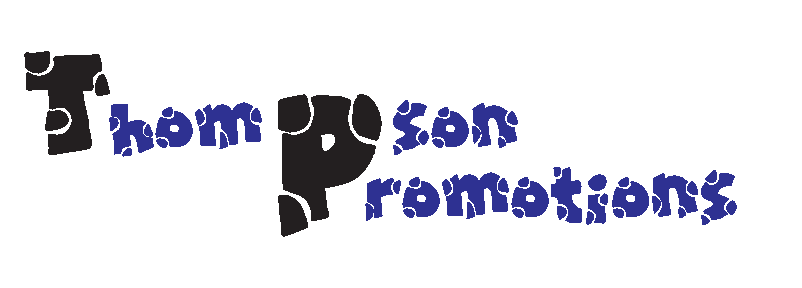Recording DIY Audio at Home

Many business owners have had to be really creative since lockdown kicked in and have turned to video and live streams to keep in touch with their clients and any new potential audience. Many are doing things that they have no previous experience of, such as recording audio tracks.
So what is the best way of being heard?
The most crucial thing is ensuring you are using the best microphone for the job and that might not be a scary as it sounds. There might be some of you out there that have directional microphones with ‘dead cats’ on them (a ‘Dead Cat’ is the fluffy bit of an outdoor microphone that stops any wind hitting it, usually then to be eaten by horses or other animals in live broadcasts), who know all the best ways of getting the most out of their equipment. There are probably more of you that don’t.
Some of you that are a bit more up to speed with technology will have things like AirPods and other hands-free phone accessories. Things we use on a daily basis. These are, believe it or not, ideal for home recording and will often give you a better sound result, as you are not talking directly into the microphone. There have been times when I have used the Voice Memo app on my iPhone to get a quick recording done and emailed over in an emergency. The key to this method is getting your environment right.
So how do you do this?
Well, before I go on, I need to remind you about sound waves.
Sound waves bounce.
The harder and shinier the surface, the bigger the bounce and the more it will travel. That’s why you get a great rudimentary telephone from tin cans. When you’re recording at home this is the last thing you want as it can distort the audio and make it difficult for your audience to hear you clearly. Those of us who are a bit older may recall the vision of people sticking cardboard egg trays to walls in an attempt to disrupt the waves from bouncing around, and the principle hasn’t changed at all. Egg trays are not as easy to get hold of these days but you can buy acoustic isolation foam from places like Amazon or eBay which is even better.
For an even cheaper option, you can use your own bedding. Quilts and pillows are great at disrupting soundwaves and killing the tinny distortion you can get from an open room. If you can create a space under the stairs or in the smallest room in the house (as long as it’s not a tiled room) and pack it with quilts and cushions, you can give yourself the best chance at a clean bit of audio.
Now some very quick tips to ensure when you press record, you’re not making take after take.
- Don’t speak directly at the microphone of your phone accessory. This will make your breathing and lip movements more audible on the recording which we don’t want to hear.
- Script it! Nobody wants to hear “er…” and “um…” when you relay information.
- Try not to hold the script, as you will hear the sound of paper rustling. Tape it to a wall or onto the quilted creation you have made.
- Warm up your voice so that it doesn’t crack or sound throaty. Clarity is key. You can do this by practicing your script several times aloud and loud. Try to record in the afternoon rather than the morning, as your vocal chords will naturally be looser by then.
- Try to avoid any chocolate or dairy products before you record as they can increase the thickness of throat mucus and therefore restrict how clear you can be. Drink room temperature water as a preferred option – this is what singers drink before they perform.
So there you have it! Now you’re all set up with your iPhone, AirPods, taped up script, quilts, warmed up voice and glass of water. I can’t wait to hear what you produce! If you’d like to know more, please contact info@thompsonpromotions.co.uk – Jim Thompson from Thompson Promotions
If you need assistance creating an engaging script to get your business message across and strengthen your brand, contact Wendy Jennings Creative today at hello@wendyjenningscreative.co.uk


